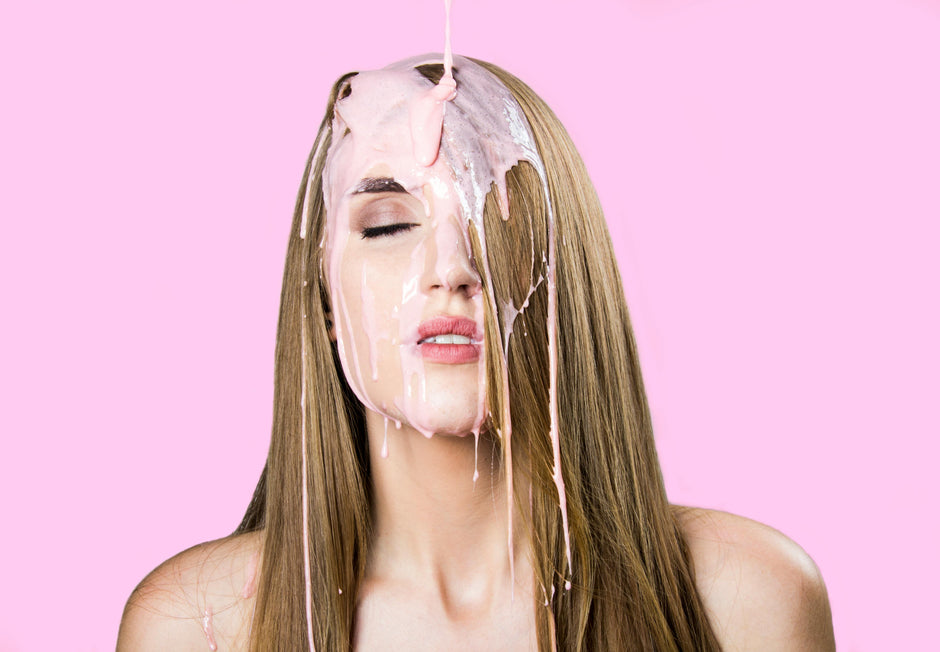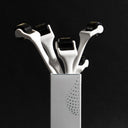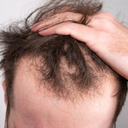Hair transplants have become a popular solution for individuals experiencing hair loss. Many patients seek to enhance their results with the use of minoxidil, a topical treatment known for promoting hair growth. However, timing is crucial when it comes to using minoxidil post-surgery. In this article, we will explore the optimal time frame for using minoxidil after a hair transplant and provide additional insights to help you achieve the best possible results.
Table of content
When can I use minoxidil after hair transplant?
It is generally recommended to wait at least 10 to 14 days after a hair transplant before starting minoxidil. This period allows the scalp to heal properly and minimizes the risk of irritation or adverse effects. However, it is crucial to follow your surgeon's specific advice, as individual recovery times may vary. Always consult with your healthcare provider for personalized recommendations.
After your hair transplant, your scalp will undergo a healing process, which is essential for the survival of the transplanted hair follicles. During the first few days post-surgery, your scalp may be sensitive, and applying any product, including minoxidil, could lead to discomfort or complications. Therefore, adhering to the recommended waiting period is vital.
As your leading source for hair health information over the past 4 years, we never compromise on accuracy. When it comes to your health, you deserve information you can truly rely on - and earning your trust is our top priority.
Here's how Scandinavian Biolabs ensures every piece of content meets the highest standards of accuracy and integrity:
- Credentialed Experts: Our reviewers are actively practicing doctors and medical researchers
- Stringent Reviews: Content undergoes rigorous editing by subject specialists and review by a practicing doctor.
- Evidence-Based: We rely on well-established research from trusted scientific sources like peer-reviewed journals and health authorities.
- Full Transparency: Our editorial standards, writer credentials, reviewer credentials, correction process, and funding are all publicly documented.
- Independent Voice: While we do promote products, we operate in a vacuum to business operations. Our main goal is just an unwavering commitment to providing medically-sound guidance.
You can count on Scandinavian Biolabs to consistently deliver the trustworthy health information you deserve. Read our Editorial Standards.
Why wait to use minoxidil?
Minoxidil is a potent vasodilator that stimulates blood flow to the hair follicles, promoting hair growth. However, applying it too soon after a hair transplant can lead to several issues:
- Scalp Sensitivity: Your scalp will likely be tender and sensitive following the procedure. Introducing minoxidil too early can cause irritation, redness, and discomfort.
- Infection Risk: The scalp is at a higher risk of infection in the initial healing phase. Using minoxidil prematurely could introduce bacteria, leading to complications.
- Displacement of Grafts: The process of applying minoxidil may disturb the newly transplanted hair follicles, potentially dislodging them before they have a chance to settle in.
What to expect during recovery?
Understanding the recovery process can help you manage your expectations and ensure the best outcome from your hair transplant:
- Initial Healing: The first week post-transplant is critical. Expect some swelling, redness, and crusting around the transplanted areas. These symptoms are normal and should subside within a few days.
- Shedding Phase: After around two to three weeks, you may notice some shedding of the transplanted hairs. This is a normal part of the hair growth cycle known as "shock loss," and it typically resolves within a few months.
- New Growth: Around three to six months post-surgery, you should begin to see new hair growth. This is the time when many patients consider integrating minoxidil to enhance results.
When to start using minoxidil?
Once you have reached the 10 to 14-day mark and have received clearance from your surgeon, you can safely start using minoxidil. Here are some tips on how to incorporate it into your post-transplant care:
- Follow Instructions: Always adhere to the instructions provided on the minoxidil product label or those provided by your healthcare provider. Typically, applying it twice a day is recommended.
- Be Gentle: When applying minoxidil, be gentle to avoid disturbing the transplanted area. Use a dropper or spray applicator to target the scalp without excessive rubbing.
- Consistency is Key: For optimal results, use minoxidil consistently. It may take several months to see significant improvements, so patience is essential.
Are there any side effects?
While minoxidil is generally safe, some individuals may experience side effects, including:
- Scalp Irritation: Redness, itching, or flaking of the scalp can occur, especially in the initial stages of use.
- Unwanted Hair Growth: Some users may notice hair growth in areas where minoxidil was not applied, such as the face or hands.
- Increased Shedding: As mentioned earlier, initial shedding may occur as the hair follicles transition into a new growth cycle.
If you experience severe side effects or have concerns about using minoxidil post-hair transplant, consult your healthcare provider for guidance.
Conclusion
Using minoxidil after a hair transplant can significantly enhance your results, but timing is crucial. Waiting at least 10 to 14 days post-surgery is essential to ensure proper healing and to avoid complications. Always consult your surgeon for personalized advice, and follow the recommended guidelines for using minoxidil. With patience and the right approach, you can achieve the full potential of your hair transplant and enjoy a fuller head of hair.
Minoxidil Side Effects Got You Down? There's A Plant-Based, Drug-Free Option.
Minoxidil can be a double-edged sword for hair regrowth. It works, but often comes with scalp irritation and unwanted hair growth. Maybe you'd prefer a gentler approach altogether?
The good news is, effective alternatives exist. Many simply aren't aware of them.
Here's what you likely crave:
- Soothe the Scalp: Ditch the itch and irritation.
- See Real Results: Noticeable hair regrowth, not just less shedding.
- Safe for Everyday Use: A trusted product you can rely on.
Bio-Pilixin® to the Rescue
Bio-Pilixin® is a clinically tested, drug-free answer to your hair loss woes.
- Gentle Yet Effective: Powerful results without harsh chemicals.
- Help Reduce Shedding, Increase Growth: Studies show significant hair regrowth for users.
- Safe & Plant-powered Formula: Confidence you can use Bio-Pilixin® daily.
Bio-Pilixin® offers the powerful, yet gentle approach you've been searching for.
Read more:






